5 Installing OS (optional)
The device is shipped with an operating system by default. If the OS is corrupted during use or the user needs to replace the OS, it is necessary to re-download the appropriate system image and install it.
The following section describes the specific operations of image download and eMMC flashing.
5.1 Download System image
You can download the ED-AIC2000 system image, the download path is shown in the following table.
TIP
Currently only Raspberry Pi OS (Desktop) 64-bit system is supported.
| Product Model | Download Path |
|---|---|
| ED-AIC2000 | 2024-08-15_ed-aic2000-1200w_arm64/ |
5.2 Flash eMMC
It is recommended to use the official Raspberry Pi flashing tool, and the download path is as follows:
- Raspberry Pi Imager : https://downloads.raspberrypi.org/imager/imager_latest.exe
- SD Card Formatter : https://www.sdcardformatter.com/download/
- Rpiboot : https://github.com/raspberrypi/usbboot/raw/master/win32/rpiboot_setup.exe
Preparation:
- The download and installation of the flashing tool to the computer has been completed.
- A USB-C to USB-A flashing cable has been prepared.
- An 8-Pin M12 male to RJ45 network cable has been prepared.
- A 12-pin M12 female to bare wire power IO cable has been prepared.
- The image file to be flashsed has been obtained.
Steps:
The steps are described using Windows system as an example.
- Connect the power cord and USB flashing cable (USB-C to USB-A).
- Connect the flashing cable: one end is connected to the USB type-C port on the device side, and the other end is connected to the USB port on the PC.
- Connect the power cable: one end is connected to the M12 12-Pin power interface on the device side (the interface in the red box in the figure below), and the other end is connected to the external power supply.

Disconnect the device power supply, then press and hold the TRIG button, and power on the device again. The device will automatically enter the flashing mode.
Open the installed rpiboot tool to automatically convert the drive to a letter.

After the completion of the drive letter, the drive letter will pop up in the lower right corner of the computer.
Open SD Card Formatter, select the formatted drive letter, and click "Format" at the lower right to format.
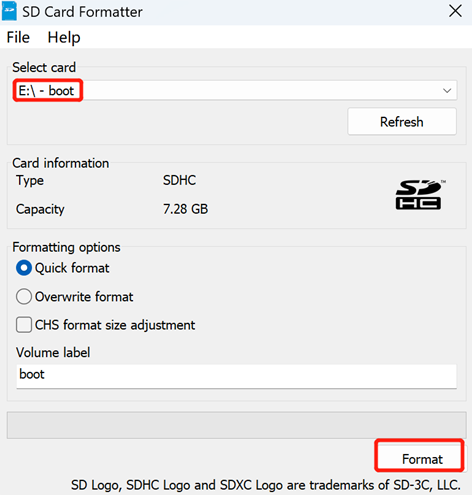
In the pop-up prompt box, select "Yes".
When the formatting is complete, click "OK" in the prompt box.
Close SD Card Formatter.
Open Raspberry Pi Imager, select "CHOOSE OS" and select "Use Custom " in the pop-up pane.
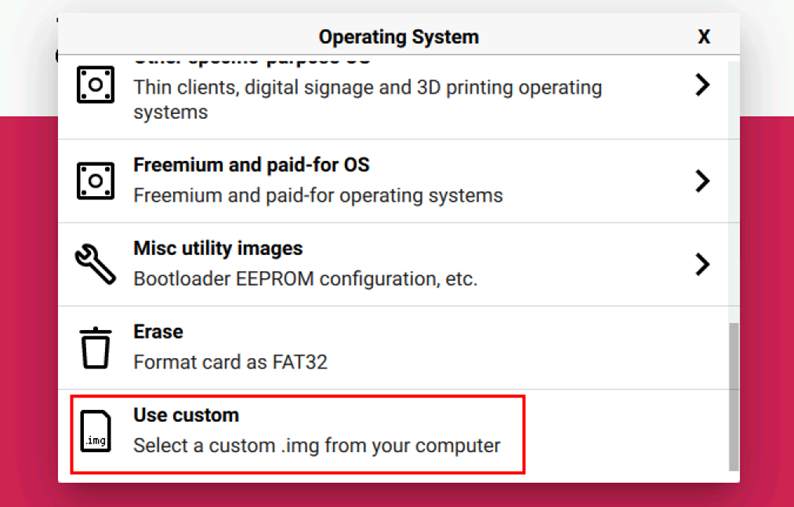
According to the prompt, select the OS file under the user-defined path and return to the main page.
Click "CHOOSE STORAGE", select the default device in the "Storage" interface, and return to the main page.
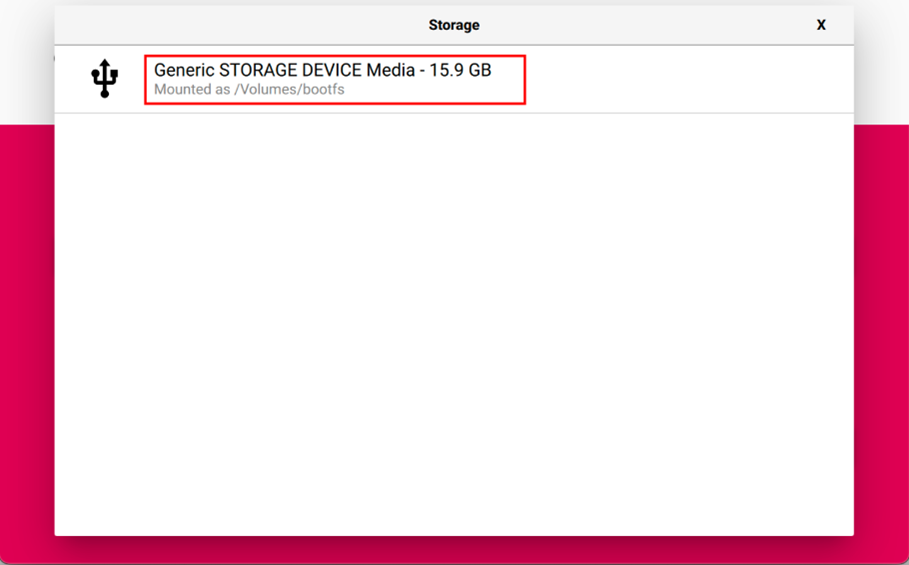
- Click “NEXT”, select "NO " in the pop-up “Use OS customization?” pane.
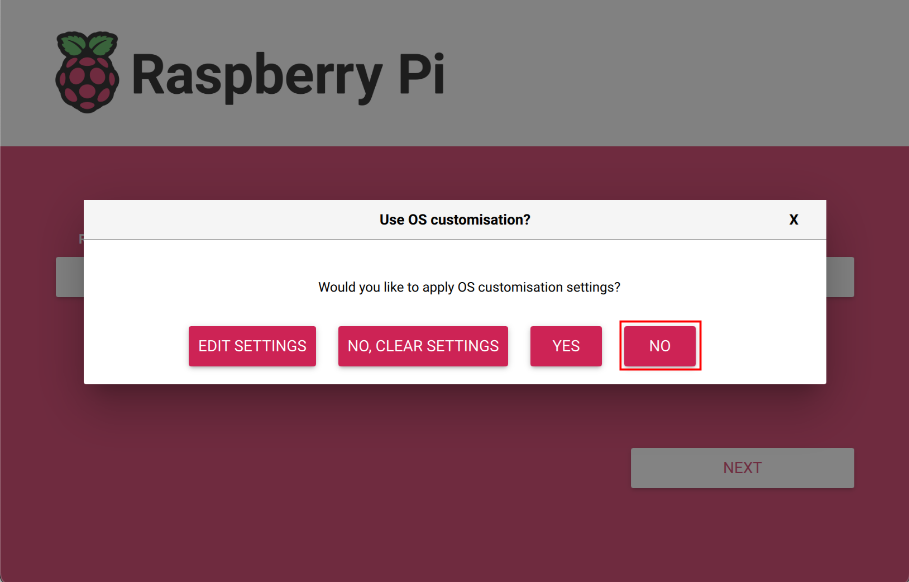
- Select “YES” in the pop-up “Warning” pane to start writing the image.

- After the OS writing is completed, the file will be verified.
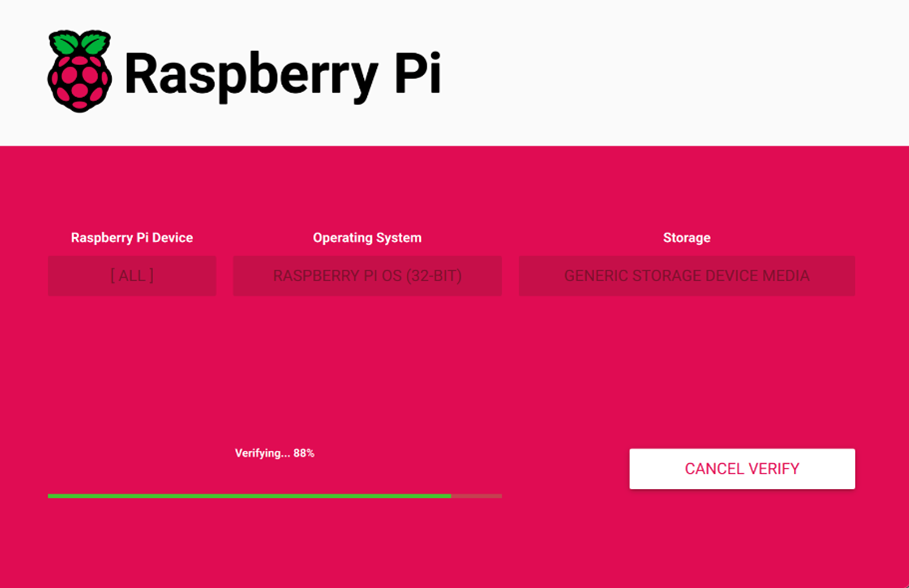
After the verification is completed, click “CONTINUE” in the pop-up “Write Successful” box.
Close Raspberry Pi Imager, remove USB cable and power on the device again.
